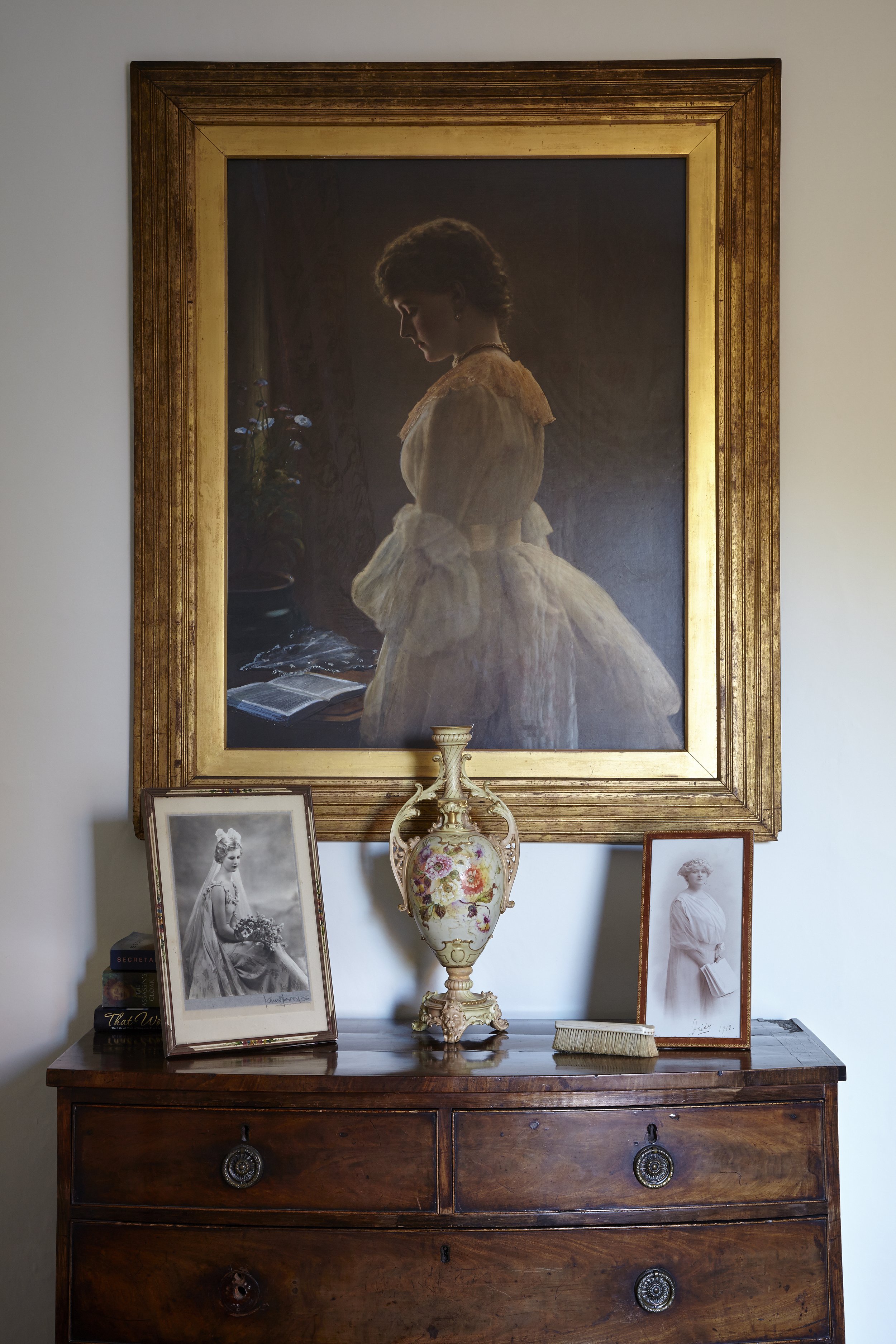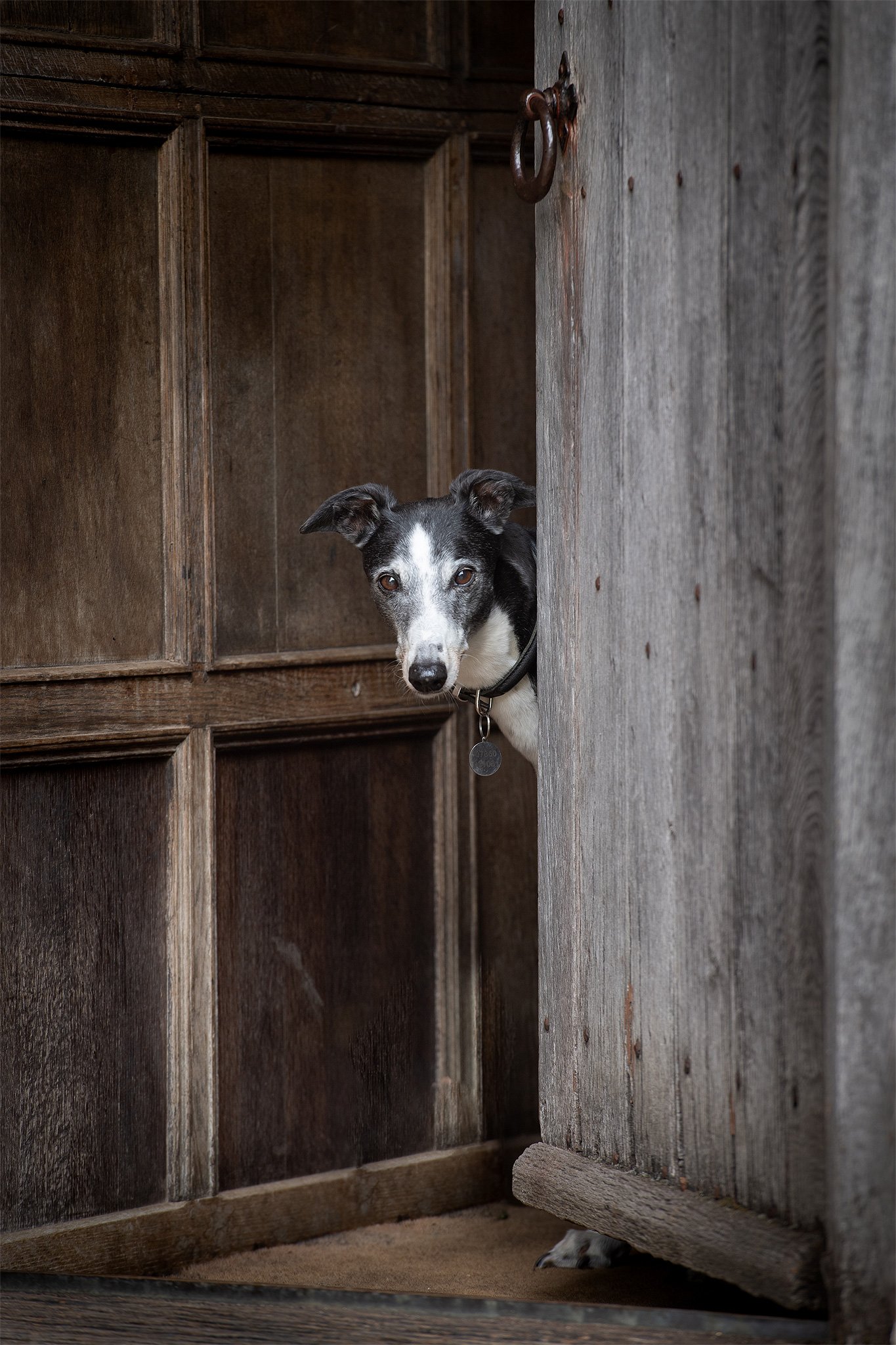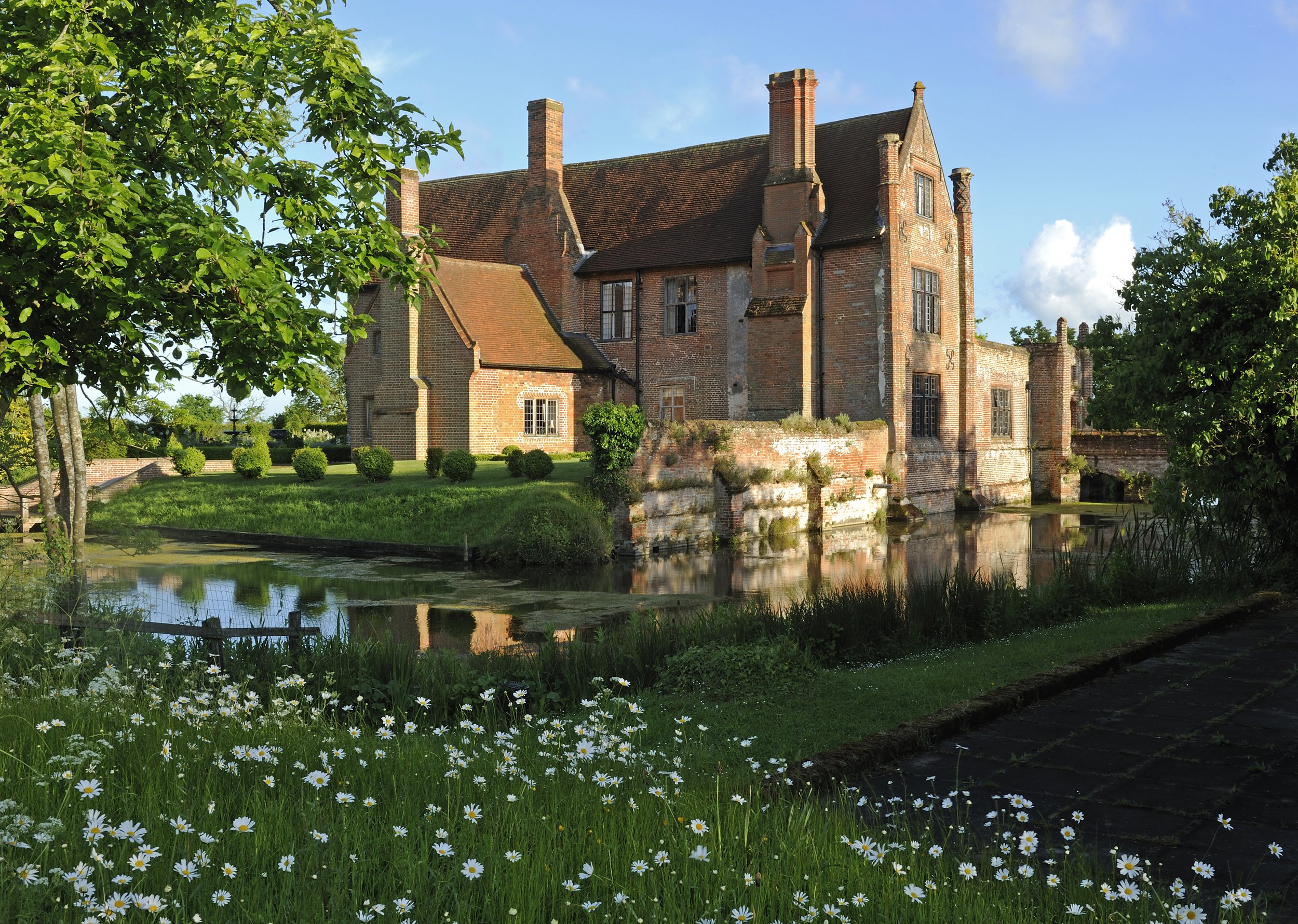The House
Crow’s Hall House is a real country home – a moated manor house with an exceptional Tudor long barn shared for wedding receptions, celebrations and concerts in a unique way by its welcoming owner, Caroline Spurrier. The sensitively restored 16th century Grade II* listed redbrick manor is internationally renowned and situated within its own 400 acre farm.
Scroll down to learn more about Crow’s Hall and its history or click here to visit The Long Barn page.
A stately
Suffolk secret
Crow’s Hall is still first and foremost a real Suffolk home, just as it was intended. Distinctly private, irresistibly refined and impressively authentic, it is unusually un-commercialised and uncompromisingly true to itself. Even its unrivalled Tudor long barn has been sympathetically restored as an ultimate blank canvas, without any hint of modern day ‘conversion’.
Crow’s Hall lies in the claylands of High Suffolk on the summit of ground gently rising from the River Deben to the east of Debenham. From the Hall and gardens, a stunning panorama of the surrounding countryside can be seen.
Listed at Grade II* in 1955, the mid-16th century manor house at Crow’s Hall is surrounded by a moat and is entered by a brick bridge and a gatehouse. Unlike many other country estates, it has never been formally designed and is an unusual survival of a small, early country house landscape.
The hall is first recorded by name in 1331, a period when moated sites were the height of fashion and status. The wide, water-filled moat surrounding the main house is a major landscape feature and creates an impressive visual effect when approaching the house. A second, narrow water-filled moat to the outer courtyard surrounds a meadow that was originally an orchard.
A double-row oak avenue, known as ‘The Walk’ features trees that are between 200 to 300 years old. A 16th century thatched dovecote is situated between ‘The Walk’ and the main house and a former small moat called ‘The Stews’ is now planted with oak trees.
Within the moated area around the house are gardens, partly created on the foundations of the ruined portions of the house, designed in 2007 by Xa Tollemache. Created as a series of outdoor rooms, they include an island garden with planting using brick foundations as walled flower beds; a Tudor-style knot garden with low-level box hedging; a courtyard garden with circular paths and a centrally-positioned contemporary sculpture, and The Pool Garden, containing a raised, round pool with a central fountain.









9th - 12th Century
Royal connections?
A King Edmund Silver Penny circa 855-870 AD
Although manorial history at Crow’s Hall dates back nearly a millennium to Domesday times (AD 1086), the site could very possibly have been occupied from the earliest times. The local area of Debenham has provided evidence of early settlements, with local finds including Roman and other pre-Norman Conquest coins. It is believed by some to have been on an important trading route in Anglo-Saxon times, when kings such as Raedwald – thought to be buried at Sutton Hoo near Woodbridge – ruled the Kingdom of East Anglia.
According to local legends, a location in close proximity to the Crow’s Hall estate known as ‘Blood Field’ was the site of an early battle. Speculation has even suggested that it was where the Anglo-Saxons battled the Danes in AD 870, following which King Edmund was killed and martyred, later to be enshrined at Beodricsworth – now Bury St Edmunds – and for some period, recognised as the patron saint of England.
13th - 16th Century
What’s in the name?
The view from Crow’s Hall
Unfortunately, we must disappoint ornithologists. The name ‘Crow’s Hall’ seems to derive from the site’s occupation in the 13th century by John Crow, thought to be from a Yarmouth family who made their money in shipping. John Crow’s name appears in the Hundred Rolls 191 of 1274/5.
In 1397, it was bought by Jenkin Framlingham and was passed on by descent until the late 17th century. Descendants included the Framlingham family and later the Gawdy family.
From the perspective of Crow’s Hall however, perhaps the most significant of Jenkin’s descendants turned out to be Sir Charles Framlingham who inherited it in 1559 from his father, Francis Framlingham.
16th Century
Sir Charles Framlingham
Sir Charles Framlingham’s Tomb, in St Mary’s Church, Debenham
Sir Charles was the fifth generation of Framlinghams at Crow’s Hall and it was his marriage in 1561 to his first wife Dorothy, daughter of Sir Clement Heigham of Barrow, Suffolk, which was to have a significant impact on the manor house.
Recent dendrochronology confirms that two timbers in the roof structure were felled in summer 1559 and one in winter 1559/60. The present north wing containing a suite of reception rooms was therefore almost certainly completed just after he inherited Crow’s Hall and in time for the 1561 wedding!
An elevation in Charles Framlingham’s status a few years later probably gave rise to another building spree. Again, dendrochronology establishes that major alteration to the service range outside the moat took place around 1585 – shortly after Sir Charles was knighted at Westminster (1581) and became High Sheriff of Suffolk (1583).
17th - 18th Century
The Stuart Period
Sir Charles Gaudy
When Sir Charles’ Framlingham’s son, Clement, pre-deceased him, Crow’s Hall was left to his only daughter, Anne, who married Sir Bassingbourne Gawdy. Their second son – another Charles – inherited the property. He died in 1628 and it went to his son and namesake, Charles Gawdy (1612-1650).
Finally, his son – yet another Charles who was born in 1635 and created First Baronet in 1661 – inherited Crow’s Hall. Having only one son who was described as ‘of infirm mind’ however, he sold it before his death (1707) to John Pitt MP in 1694. It seems that at about this time Crow’s Hall may have been in a state of disrepair and the Hall at the east and the south wing were demolished and the west entrance was reduced to a single storey.
The occupancy of Crow’s Hall at this time has yet to be researched by the current owner.
18th - 21st Century
Georgian & Beyond
Lady Catherine Stanhope
Crow’s Hall appears to have been sold to James Bridges in 1764 and sold again to Sir John Major of Worlingworth Hall by Lady Catherine Stanhope in 1776. Sir John Major’s daughter inherited the property, married John Henniker and it remained in the Henniker family until sold to the then tenant, Herbert Gill, in 1948.
Two years later, Crow’s Hall was sold on to Commander Cuthbert Carr in 1950. Commander Carr was responsible for some renovations, namely replacing the Georgian windows put in during the time of the tenancy and changing some of the fireplaces. In 1960 he sold it to a neighbouring farmer, Victor Knowland.
Crow’s Hall came up for sale some 45 years later. It was to be purchased by the current owner, to be loved back to life and become a most beautiful Suffolk home which, as she discovered, others would just love to share.
present day
Renovation & Restoration
Caroline Spurrier
In 2005, Crow’s Hall was purchased by Caroline Spurrier who undertook an extensive repair schedule on the house, including re-roofing and the removal of some late 20th century additions.
As part of the renovations, Caroline also landscaped the inner moat with gardens, designed and laid out by award-winning garden designer, Lady Tollemache. The courtyard also follows early foundations of the former Hall and south wing, whereas the knot garden on the north side maps foundations discovered during the renovations.
Outside the hall’s ring-moat are further moat structures relating to 18th century landscapes, that probably started life as mediaeval fish ponds. To the northwest, between the moats, is the 16th century dovecote and to the south is the fine barn, thought to be the longest range in East Anglia.
The perfect backdrop for your story
There’s a story behind every wedding journey. What will yours be? If you’re looking for somewhere discrete to celebrate in your very own, individual way in complete seclusion, few places could be more perfect than Crow’s Hall.






